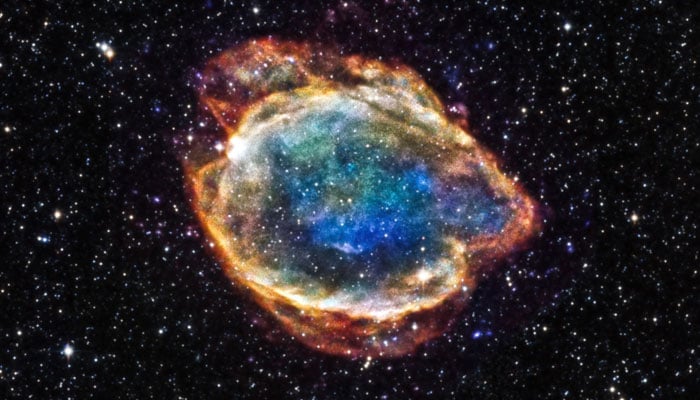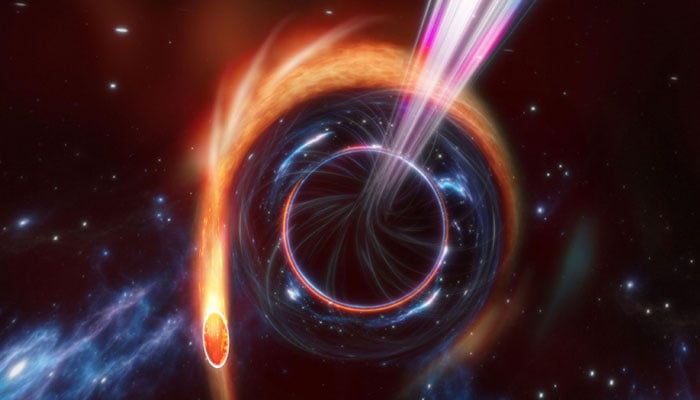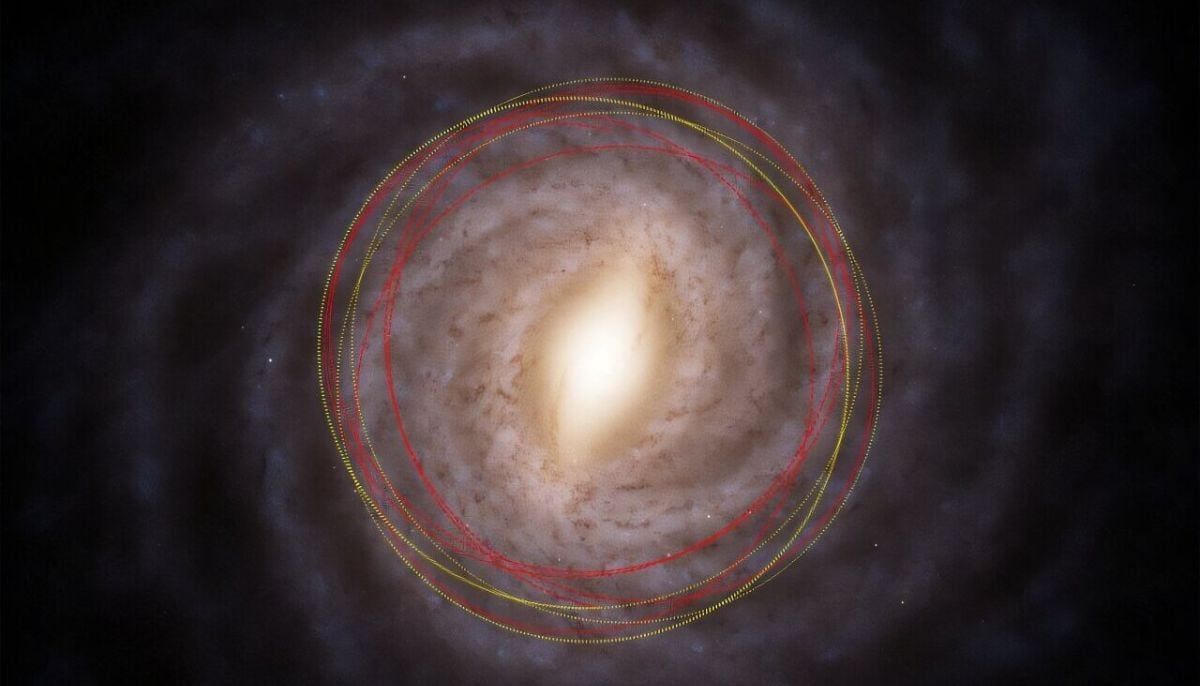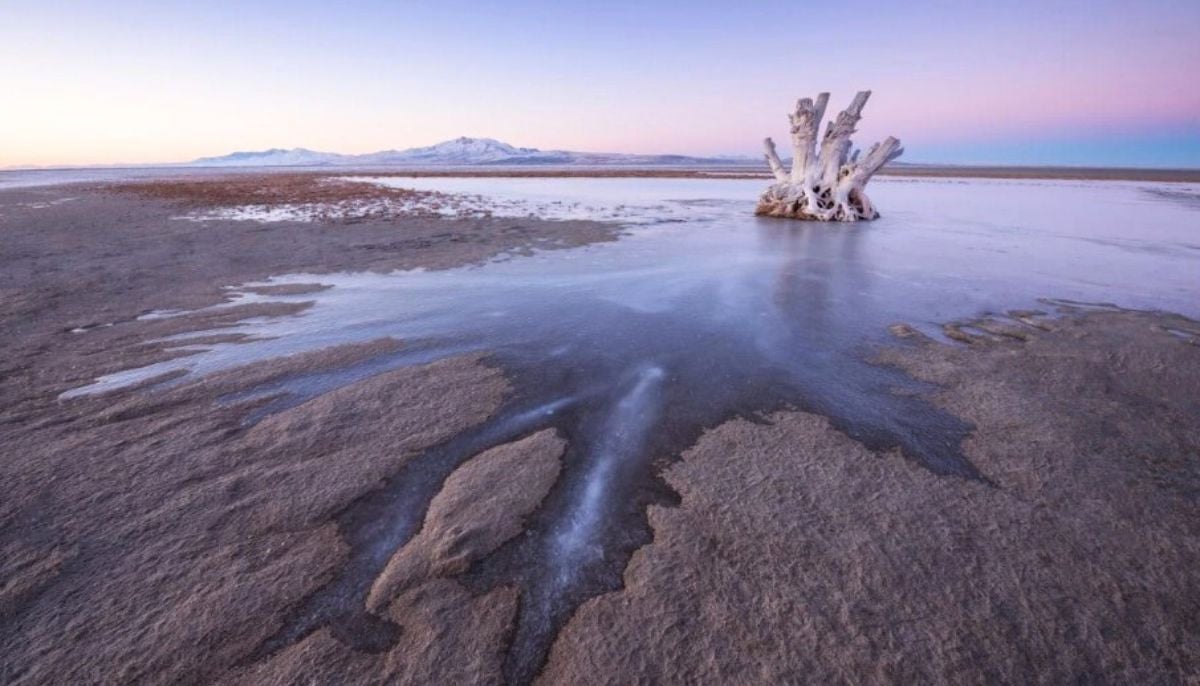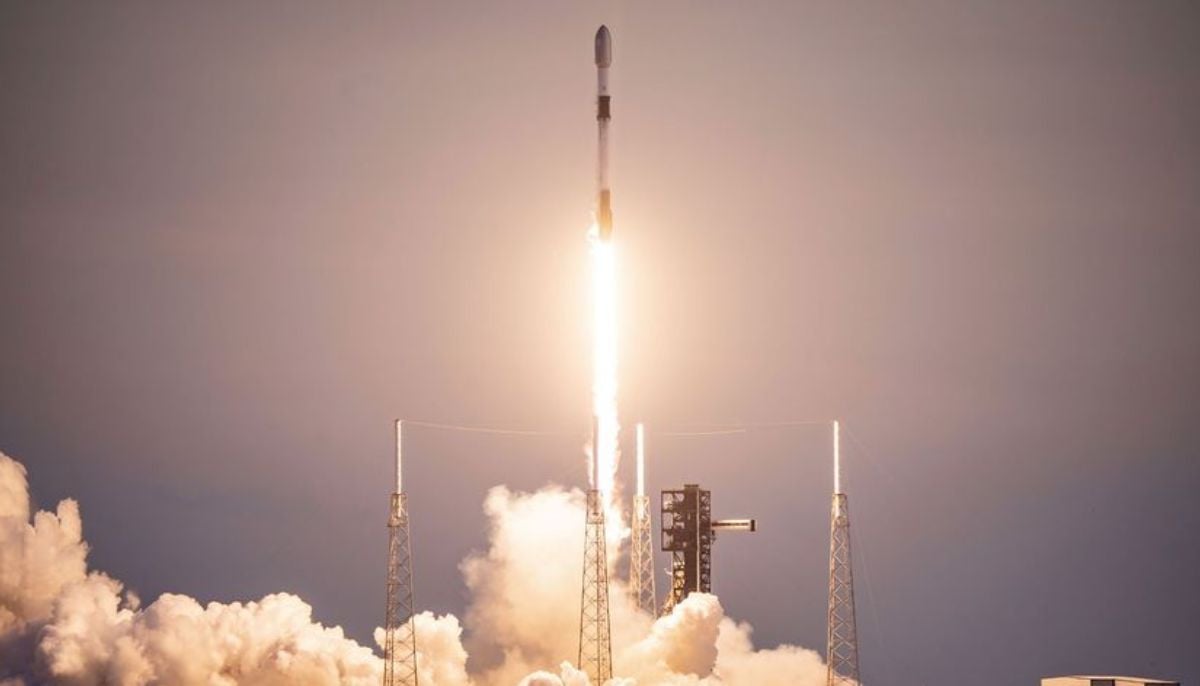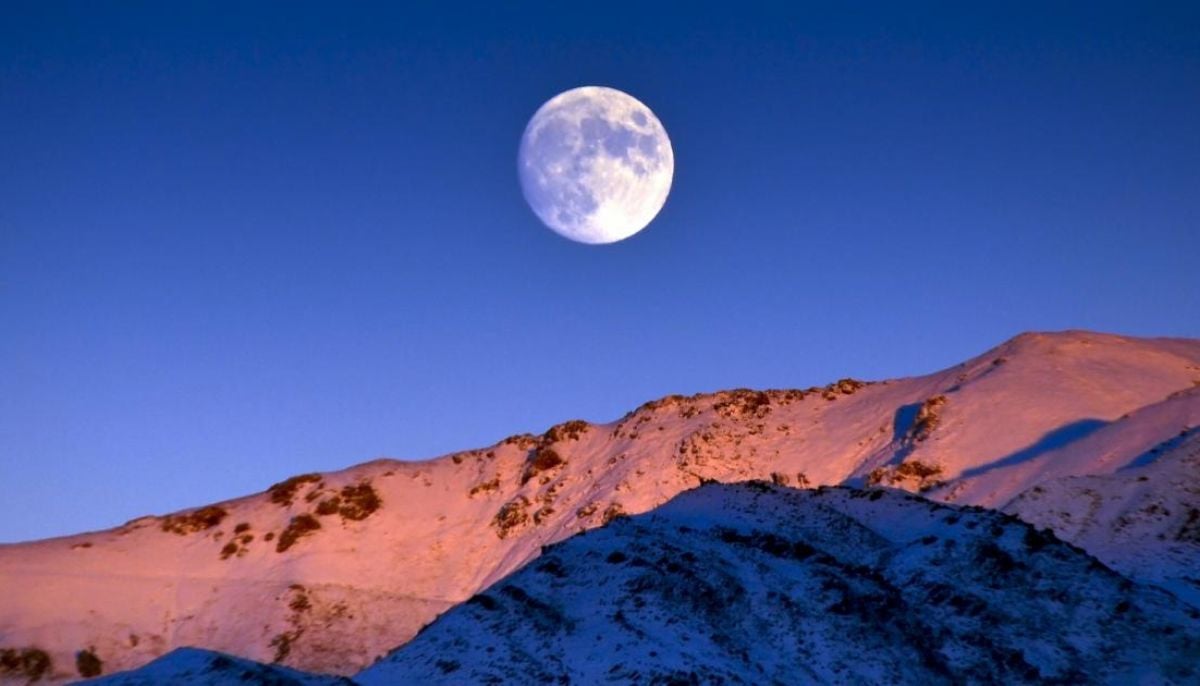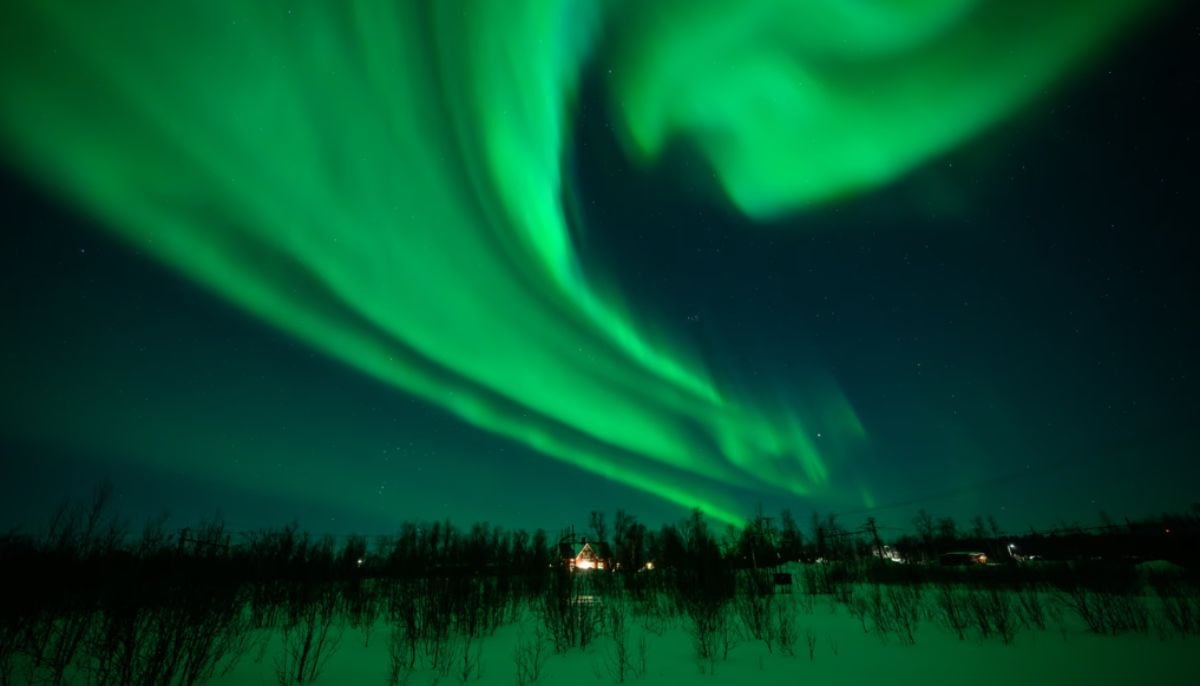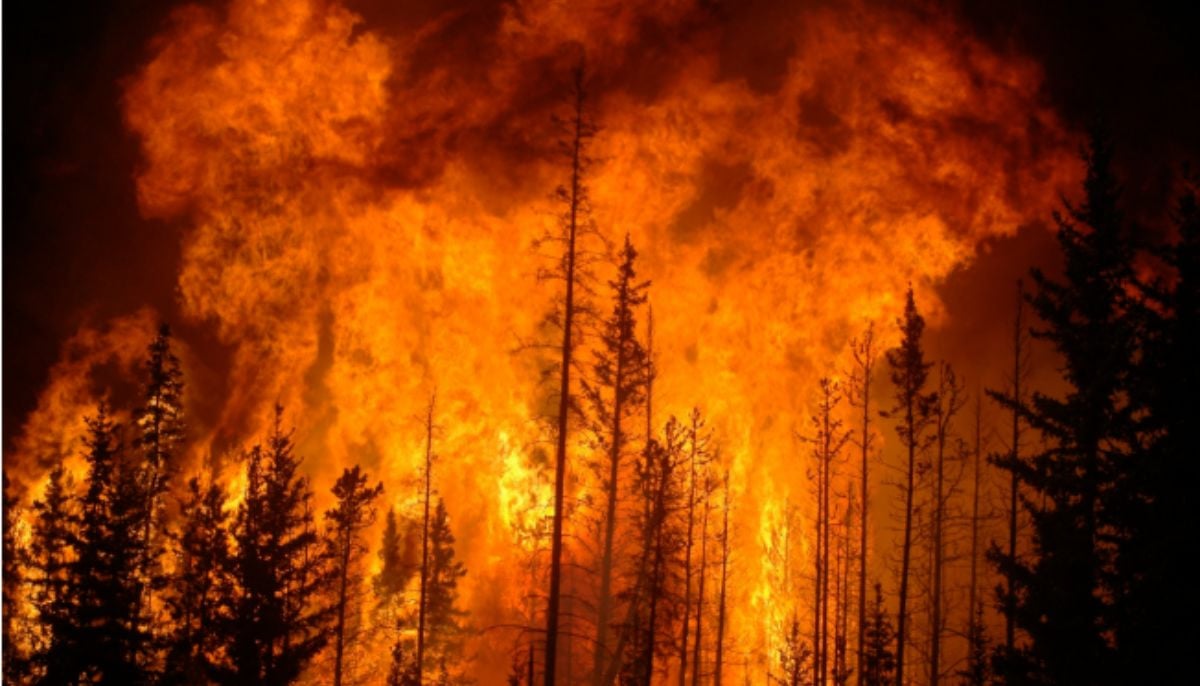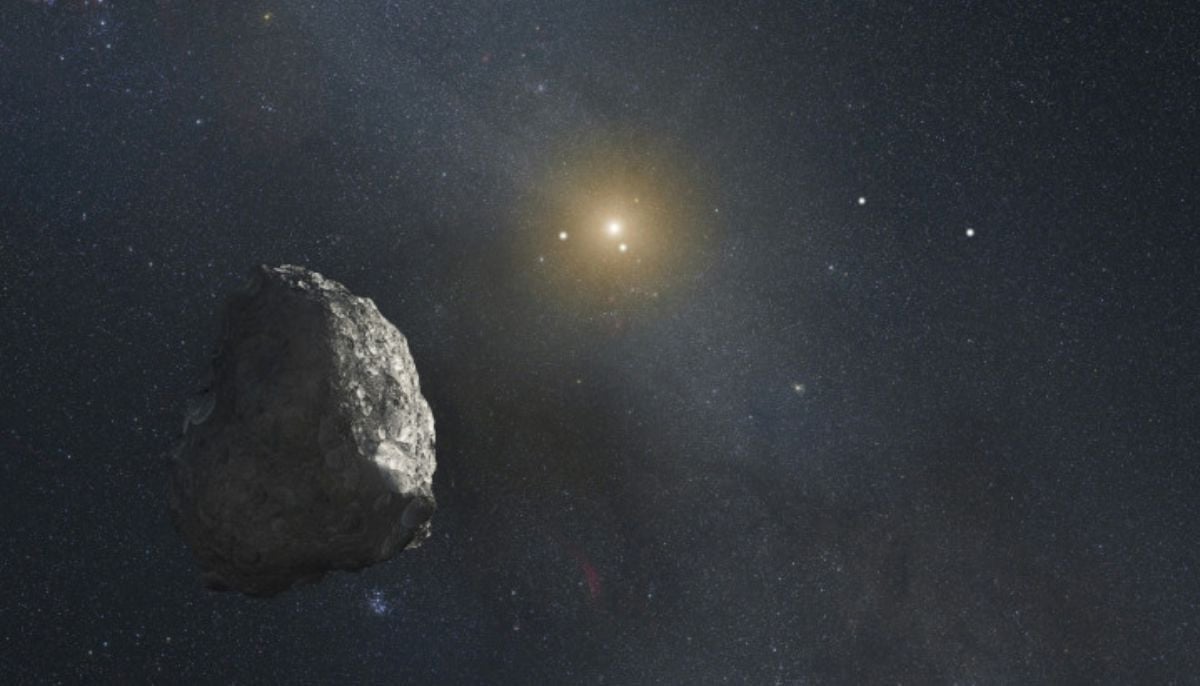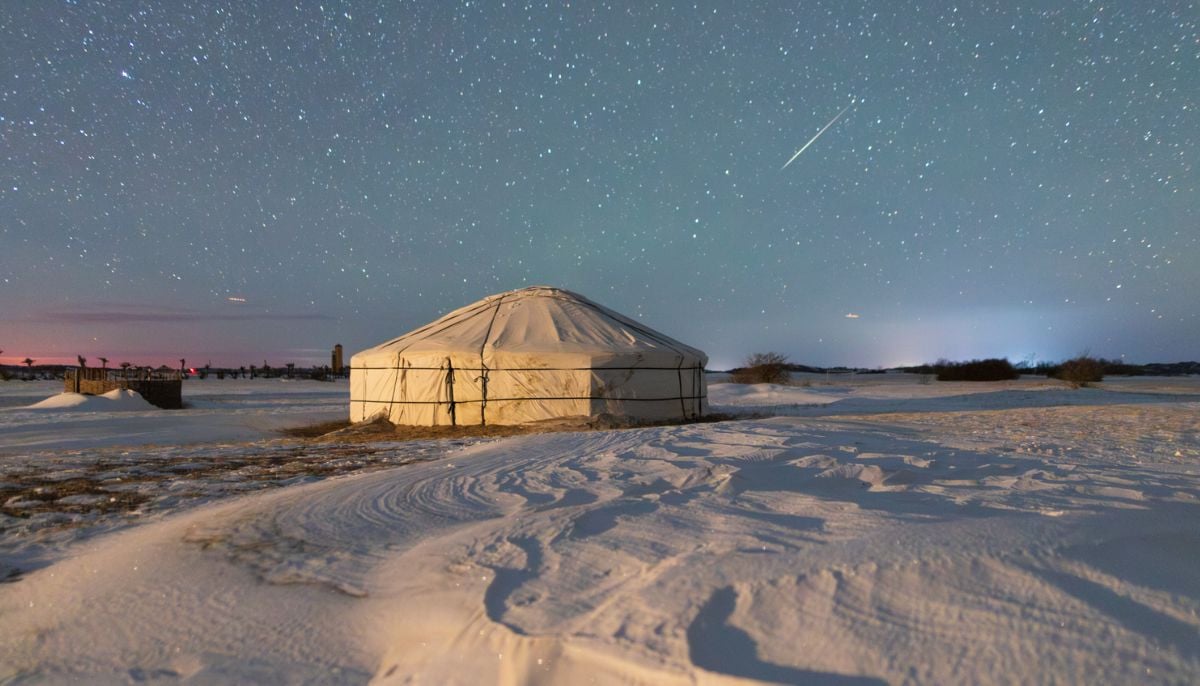Largest ever explosion detected so far in deep space awes astronomers
Supermassive black hole disrupted vast gas or dust cloud, potentially thousands of times larger than our sun, astronomers say
Astronomers have discovered the largest explosion ever detected in deep space which, according to them, was ten times more luminous than any supernova or exploding star.
The brightness — called AT29021Iwx — is reported to have lasted for three years as compared to supernovas whose brightness only lasts for a few months.
The occurrence is currently being detected by telescopes that took place around 8 billion light years away from our planet.
A study published in the Monthly Notices of the Royal Astronomical Society noted brightness to be three times more than tidal disruption events — when a star falls into a supermassive black hole.
According to astronomers, a supermassive black hole disrupted a vast gas or dust cloud, potentially thousands of times larger than our sun. It's possible that the cloud was drawn off the course of its orbit and went flying into the black hole.
After swallowing pieces of hydrogen cloud the effects of shock waves also occurred on the remaining parts of the cloud and into the swirling mass of material that orbits around the black hole.
The AT2021lwx event surpasses gamma-ray burst GRB 221009A — detected in 2020 — is one of the brightest cosmic explosions ever recorded.
The explosion was first detected in 2020 by the Zwicky Transient Facility in California, and then by the Asteroid Terrestrial-impact Last Alert System in Hawaii months later.
The team was completely baffled as to what could have caused something so bright. There was nothing in the scientific literature that could account for something that was so bright that lasted so long, the lead author of the study Dr Philip Wiseman said.
The lead author said: "We came upon this by chance, as it was flagged by our search algorithm when we were searching for a type of supernova."
"Most supernovae and tidal disruption events only last for a couple of months before fading away. For something to be bright for two-plus years was immediately very unusual," said Wiseman who is also a research fellow at the University of Southampton in England.
According to the co-author of the study Sebastian Hönig, who is also a professor at the University of Southampton: "Once you know the distance to the object and how bright it appears to us, you can calculate the brightness of the object at its source."
The research team said that the event was around 100 times brighter than all the 100 billion stars combined in the Milky Way galaxy.
The only space objects that could rival AT2021lwx are quasars, or supermassive black holes that constantly feed on gas at a high velocity.
“Looking back over a decade there was no detection of AT2021lwx, then suddenly it appears with the brightness of the brightest things in the universe, which is unprecedented," a professor at the University of Southampton and the co-author of the study Mark Sullivan added.
Study coauthor Dr Matt Nicholl, an associate professor at Queen’s University Belfast in Northern Ireland, said: "At first, we thought this flare-up could be the result of a black hole consuming a passing star. But our models showed that the black hole would have to have swallowed up 15 times the mass of our Sun to stay this bright for this long."
"Encountering such a huge star is very rare, so we think a much larger cloud of gas is more likely. Many massive black holes are surrounded by gas and dust and we are still trying to work out why this particular black hole started feeding so vigorously and so suddenly," added Dr Nicholl.
-
World oceans absorbed record heat in 2025, may trigger intense climate crises, says report
-
February full moon 2026: Snow Moon date, time and visibility
-
Watch: Beautiful northern lights dazzling over Greenland's skies
-
Wildfires are polluting our environment more than we thought: Find out how
-
3I/ATLAS flyby: Why is Jupiter’s 96th Moon drawing intense scientific interest?
-
NASA spacewalk 2026: Medical issue prompts rare talk of early ISS crew return
-
Comet 3I/ATLAS: Scientists examining images they cannot easily explain
-
Wolf Moon 2026: Will the full moon outshine the Quadrantid meteor shower?
